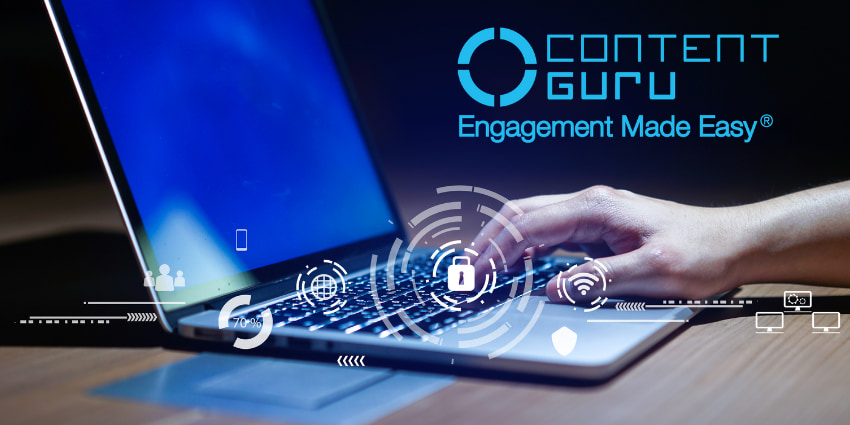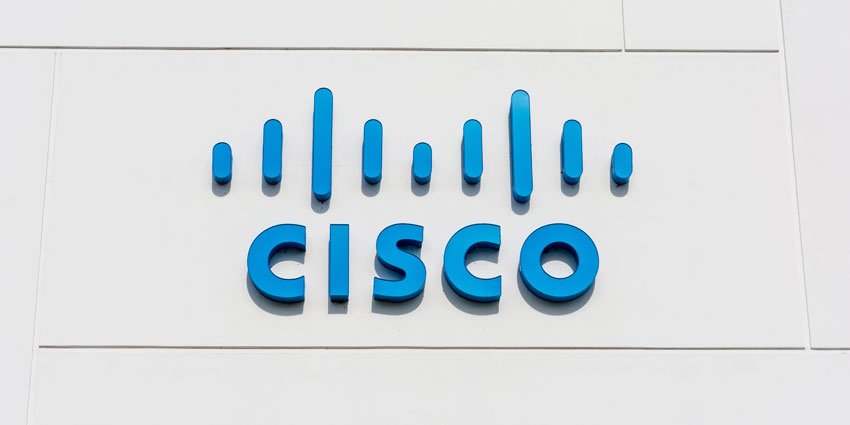At the start of the pandemic, the number one objective for businesses was keeping the lights on, no matter what the cost.
But many of the emergency steps taken, such as contact centre employees working remotely, are now set to stay in place for the long term, meaning that organisations need to ensure their set-ups are sustainable.
For contact centres, this means achieving three key objectives to operate effectively with a distributed workforce: security, compliance, and quality assurance.
The challenge starts as contact centres consolidate their legacy systems from before COVID; the emergency solutions they implemented to work remotely, and the technology needed to enable hybrid working in a post-COVID landscape.
“Throughout the pandemic, we heard tales of big companies giving up the leases to their offices, investing in home equipment for their employees, and preparing fully remote operating models for the long run,” said Martin Taylor, Deputy CEO of Content Guru, the cloud communications technology provider. “However, though this made for good headlines, the overwhelming majority of companies are looking at implementing a hybrid working model going forward.”
“One reason for doing so is security; having a solely remote workforce poses a threat to your defences”
“Last year, as IT teams raced to roll out remote working tools, employees managed huge shifts in the process. These changes brought new opportunities for scammers to get creative. The sudden dislocation, combined with the absence of a physical workspace, meant that companies had to take extra steps to ensure their employees maintained a high level of cyber hygiene while navigating uncharted waters.”
The technology adopted to enable remote working is unlikely to become redundant, as many employees will continue to work away from the office at least some of the time. This in itself creates challenges because employees will be outside the secure walls of their office and, perhaps, around strangers in public places.
Taylor said that businesses need to implement a zero-trust approach to security to help mitigate risks associated with this.
“Hybrid working means that meetings are often conducted within range of eavesdroppers, and confidential information including customer data is visible on monitors in shared houses and living rooms around the world,” he explained.
“Two-factor authentication is one simple way to limit the scope for data breaches in remote situations: an electronic authentication method in which a device user is granted access to a website or application only after successfully presenting evidence from two or more separate devices to an authentication mechanism.”
Looking more specifically at the customer experience, some consumers may feel uncomfortable making payments over the phone because of security concerns, which can restrict a business’s potential market.
Taylor said that Content Guru’s storm® PADLOCKTM gives both peace of mind to the customer and protection for the business.
“storm PADLOCK delivers Level 1 PCI-compliance by ensuring that your agents will never ‘need to know’ a customer’s payment details,” he explained.
“The agent stays on the line to assist the customer, while the call is automatically diverted through a secure payment processing environment when sensitive details are entered. A continuous call recording, in which the touch tones from the card number are replaced with flat tones, means that a complete record of the interaction exists, avoiding any potential discrepancies as to exactly what happened.”
“Customers can be assured that this their payment is completely secure, as their details are never heard by another person or passed into an environment where cardholder data is stored.”
Compliance and Quality
Cybersecurity in the contact centre is closely linked to compliance and quality assurance.
To ensure that agents achieve compliance standards while working remotely, businesses need to implement robust call recording and monitoring solutions.
“storm RECORDERTM provides a platform for a converged recording of every channel of communication your employees use daily,” Taylor said. “RECORDER logs not just voice calls but everything on the agents’ screens, and makes it easy for you to manage the vast amount of data produced, whether you store it on your own system or in the cloud.”
RECORDER also features built-in Artificial Intelligence (AI) capabilities which can mitigate risk and improve agent performance through automatic speech recognition, while AI-powered Smart Folders can automatically group calls by keyword.
Taylor said that organisations use this data to conduct monitoring at a granular level so they can identify which areas require more attention. This means they can spend less time hunting for files and instead focus on providing a better service.
“storm QMTM (Quality Management) creates multiple score sheets within each campaign to reflect changing priorities, so whether you are evaluating the technical knowledge of your staff for an external customer, or looking at the interactions between internal departments, storm QM has the flexibility to manage shifting quality objectives.”
Taylor concludes that only with a cutting-edge solution that offers integrated quality management, full recording capabilities, and compliant payment options can a contact centre thrive in the new age of distributed working.







